Turkmenistan: The Secret Jewel of Central Asia
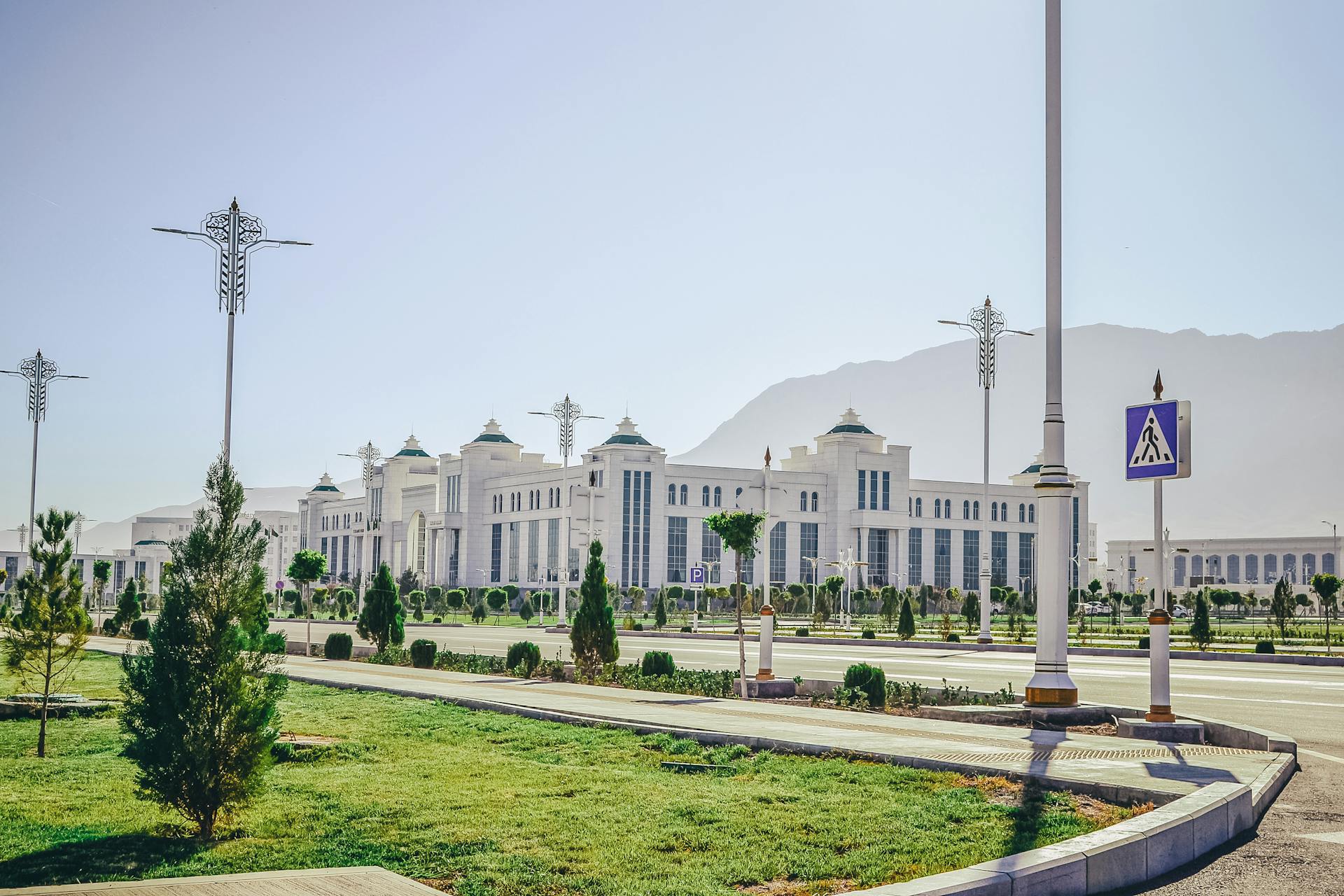
Turkmenistan, a land of mystery and marvels, offers ancient Silk Road cities, vast deserts, and the fiery Darvaza Gas Crater. From Ashgabat’s futuristic skyline to the ruins of Merv, this off-the-beaten-path destination captivates with history, nature, and intrigue.
Discover Turkmenistan: Land of Fire, Silence, and Silk Road Secrets
Turkmenistan is one of the most enigmatic and underexplored countries in Asia. Nestled in Central Asia, bordered by Iran, Afghanistan, Uzbekistan, Kazakhstan, and the Caspian Sea, it’s a nation with ancient roots and futuristic ambitions. The country has kept a low profile since independence from the Soviet Union in 1991, but its surreal landscapes, ancient cities, and unique cultural identity are drawing curious travelers from around the world.
Though it’s one of the least visited countries globally, those who venture in are rewarded with ghostly ruins of past civilizations, pristine deserts that seem to whisper forgotten tales, and one of the most bizarre man-made wonders in the world — the Darvaza Gas Crater, or “Door to Hell.”
🏙️ Ashgabat: The Marble Capital of the Desert
The capital city, Ashgabat, is unlike any other. It holds the Guinness World Record for having the most white marble buildings in one city — giving it a glowing, surreal aesthetic, especially at night under the desert sky.
Top things to do in Ashgabat:
-
Independence Monument – Towering tribute to national pride
-
Turkmen Carpet Museum – Showcasing intricate, giant carpets and weaving traditions
-
Neutrality Arch – Once topped by a golden rotating statue of the former president
-
Ertugrul Gazi Mosque – Ottoman-style beauty standing out in a sea of marble
-
Olympic Village – A bizarre, gleaming modern complex
Ashgabat is both a capital and a curiosity — simultaneously grand, eerie, and futuristic.
🔥 Darvaza Gas Crater: The Gateway to Hell
Located in the Karakum Desert, the Darvaza Gas Crater is one of the most jaw-dropping sights in the world. This blazing pit has been burning since 1971, when Soviet engineers lit it to prevent the spread of methane gas after a drilling mishap — and it’s been on fire ever since.
-
Best visited at night when the flames glow vividly
-
Camping nearby offers an unmatched desert experience
-
A symbol of human error turned into a blazing tourist magnet
It’s eerie, beautiful, and unforgettable — truly Turkmenistan’s most famous icon.
🏛️ Merv: The Ancient City of a Thousand Years
Once one of the great cities of the Silk Road, Merv was one of the largest cities in the world during the 12th century and a center of learning and trade.
Highlights of Merv:
-
Sultan Sanjar Mausoleum – Towering 12th-century tomb and architectural marvel
-
Ancient city walls – Traces of layers of history across multiple civilizations
-
Gyaur Kala – Pre-Islamic ruins with signs of Zoroastrian and Buddhist influence
Walking through Merv feels like time travel through forgotten empires.
🏞️ Yangykala Canyon: Turkmenistan’s Grand Canyon
Painted in pinks, reds, and yellows, the Yangykala Canyon in the northwest is a surreal geological formation formed by wind and time.
-
Towering cliffs and sharp ridges
-
Almost no tourists, pure solitude
-
Sunrise and sunset views are spectacular
The name “Yangykala” means “fiery fortress,” and the vibrant rock layers live up to the title.
🏜️ The Karakum Desert: Silence of the Sands
Covering 70% of Turkmenistan, the Karakum Desert is vast, beautiful, and hauntingly quiet.
Activities in the desert:
-
Camel rides across golden dunes
-
Visit ancient caravanserais
-
Explore ruins swallowed by sand
-
Stargazing — some of the clearest skies in Central Asia
The desert's silence is profound — a spiritual experience in itself.
🧕 Culture, People & Traditions
Turkmen culture is a blend of ancient nomadic traditions, Islamic customs, and modern national identity. Hospitality is sacred, carpets are prized, and horses — especially the Akhal-Teke breed — are a symbol of pride.
-
Language: Turkmen (Turkic origin)
-
Religion: Islam (predominantly Sunni)
-
National Dress: Colorful long dresses for women and embroidered skullcaps (telpek) for men
-
Carpets: Turkmen rugs are UNESCO-recognized and deeply symbolic
Though media access is restricted, face-to-face interactions reveal deep warmth and generosity.
🍽️ Turkmen Cuisine
Simple, hearty, and shaped by the desert and nomadic lifestyle, Turkmen cuisine uses meat, grains, and dairy generously.
Must-try dishes:
-
Plov – Rice pilaf with lamb, carrots, and raisins
-
Ichlekli – A meat pie resembling a baked dumpling
-
Shurpa – Lamb and vegetable stew
-
Dograma – Shredded bread and lamb in broth, often served during funerals and ceremonies
-
Chal – Fermented camel milk, not for the faint of heart
Tea is the universal drink — served with every meal and social gathering.
🧳 Travel Tips for Turkmenistan
-
Visa: Visa required for most; obtain via Turkmen embassy or guided tour
-
Best Time to Visit: March to May and September to November (mild temperatures)
-
Currency: Turkmenistan Manat (TMT)
-
Internet Access: Heavily restricted; use offline tools and guides
-
Dress Code: Conservative; cover shoulders and knees in public places
🤔 Why Visit Turkmenistan?
-
Rare chance to explore a country few tourists have seen
-
Incredible variety — from marble cities to burning craters
-
Deep history tied to the Silk Road and ancient civilizations
-
Friendly, welcoming people
-
Surreal and photogenic landscapes, especially in the desert
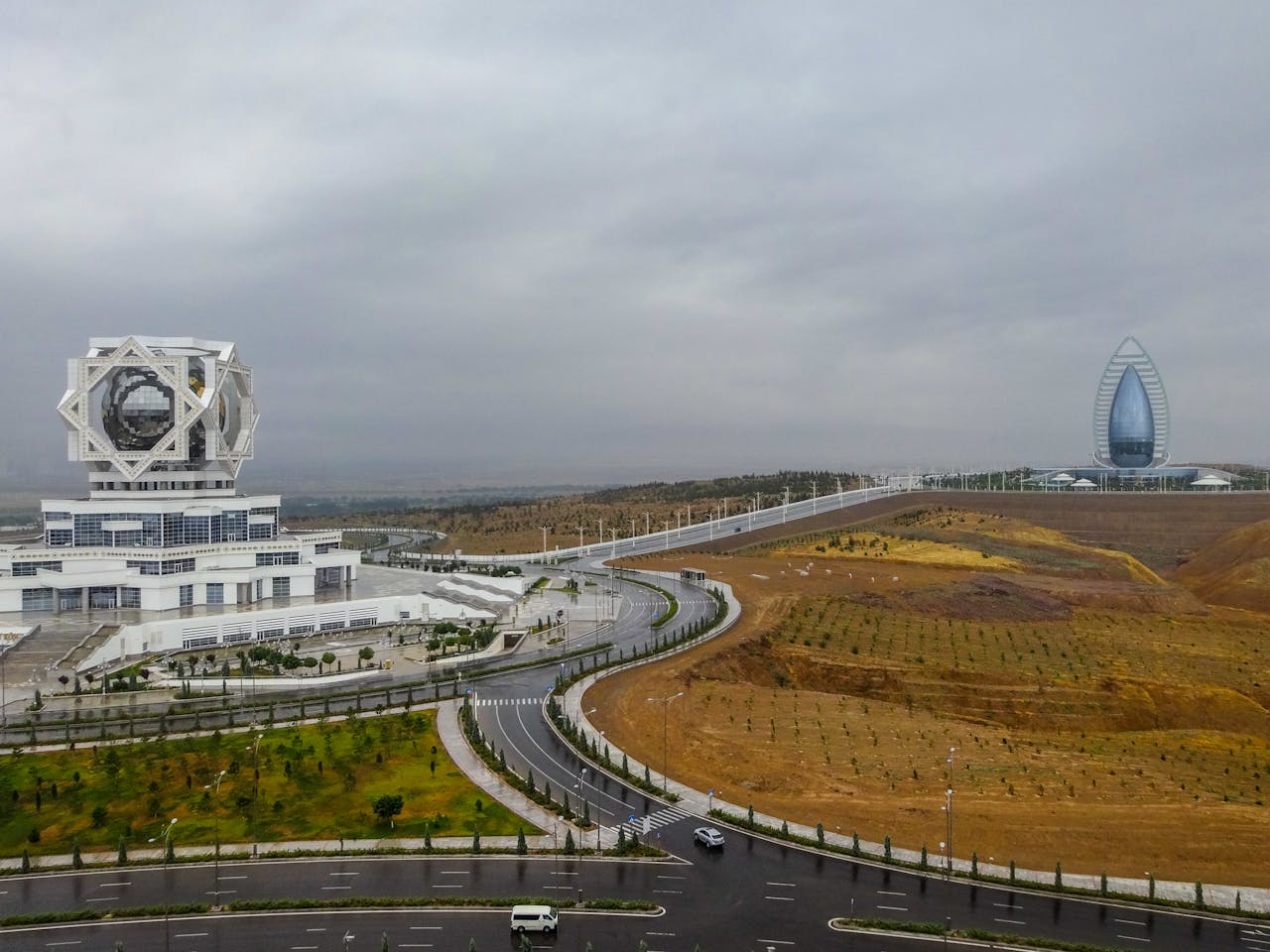
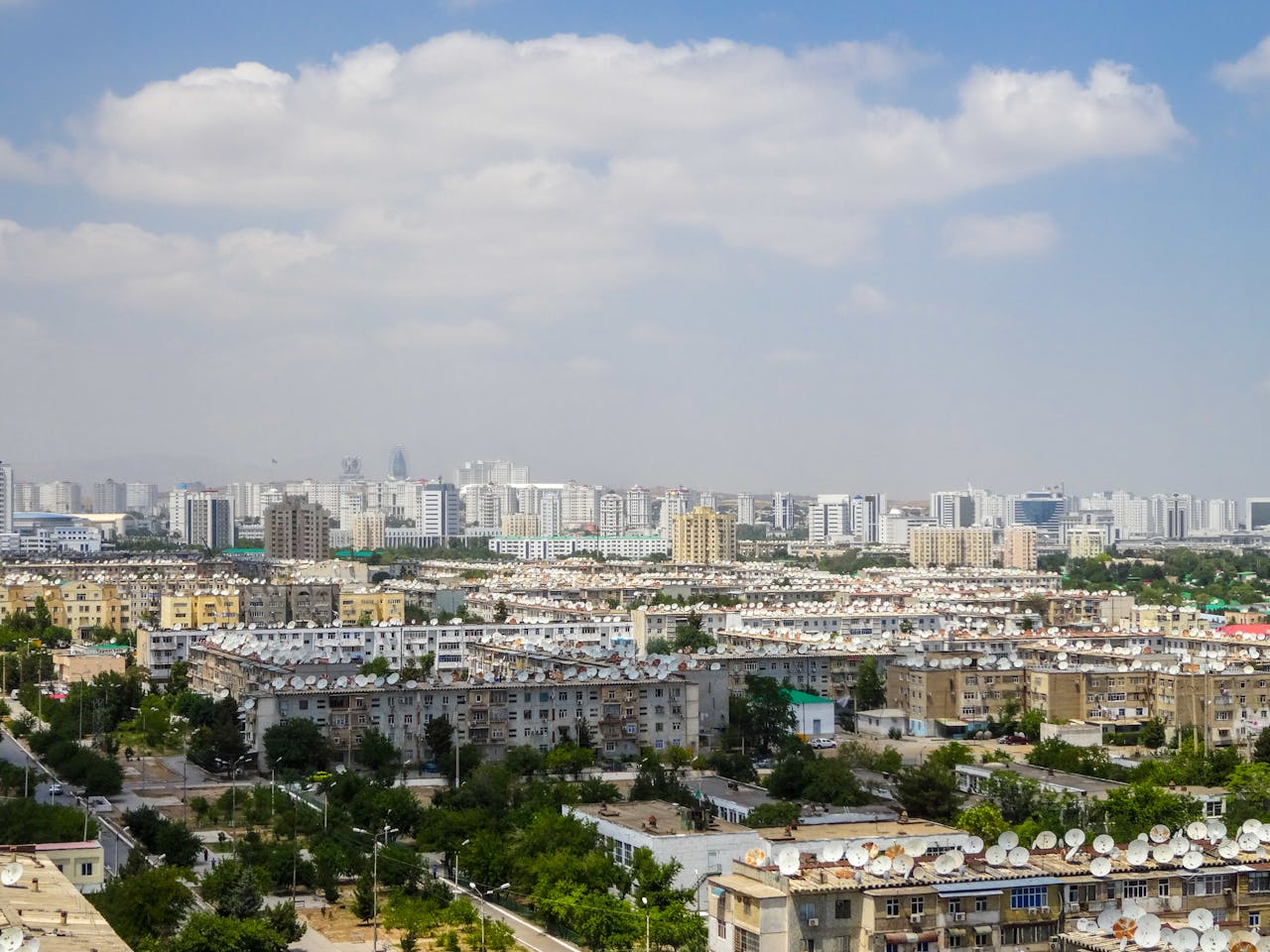
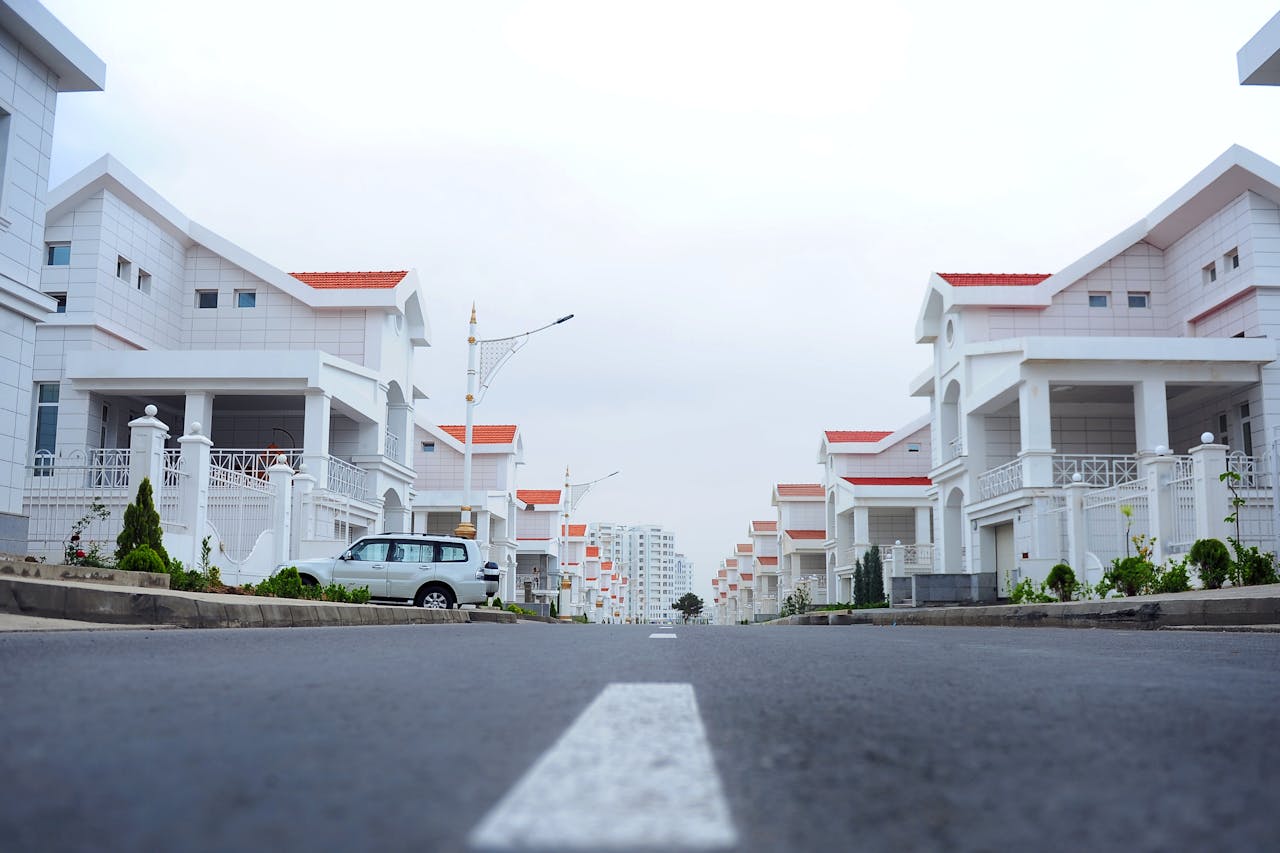
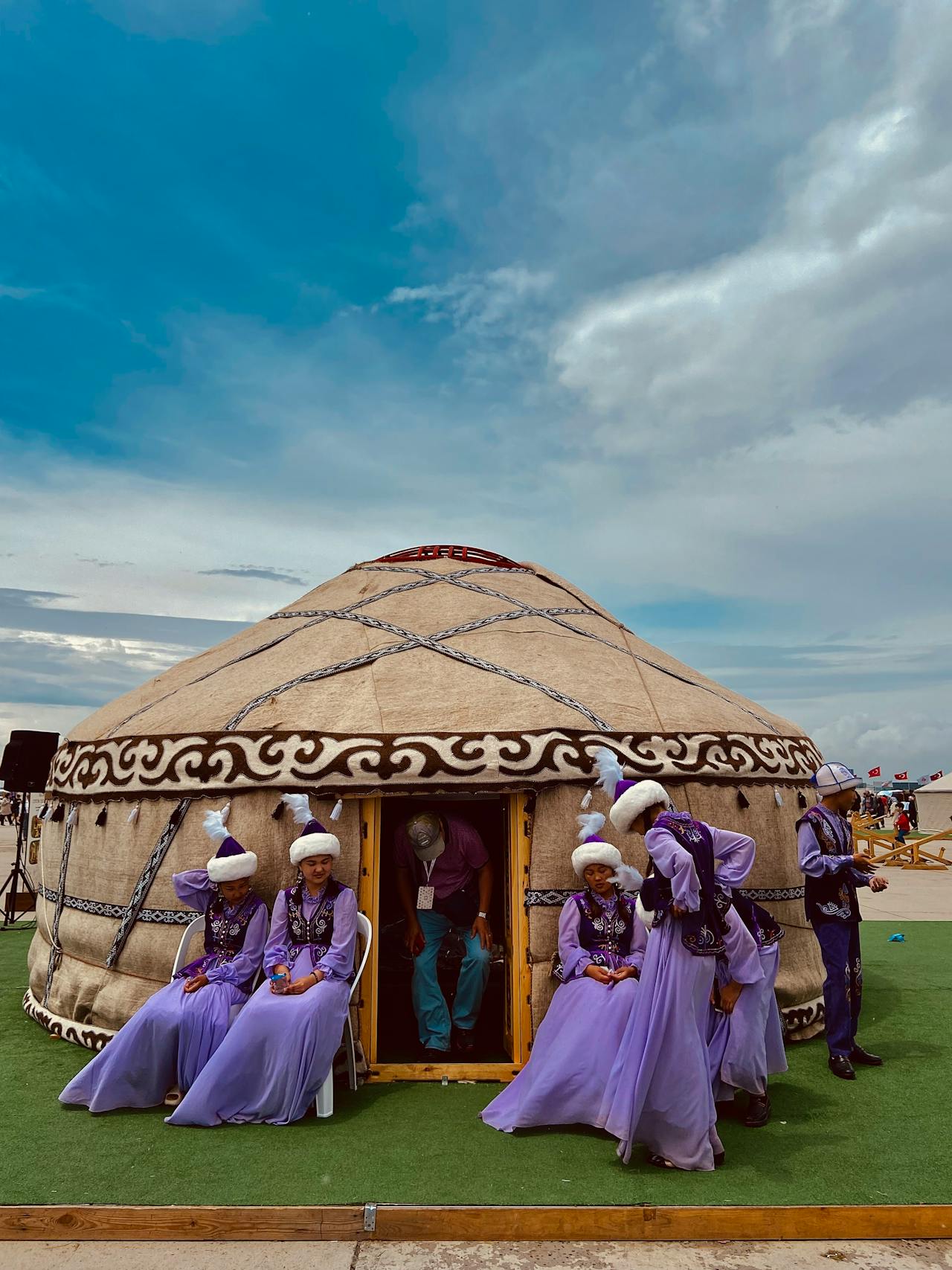
Comments (0)
Please login to leave a comment.